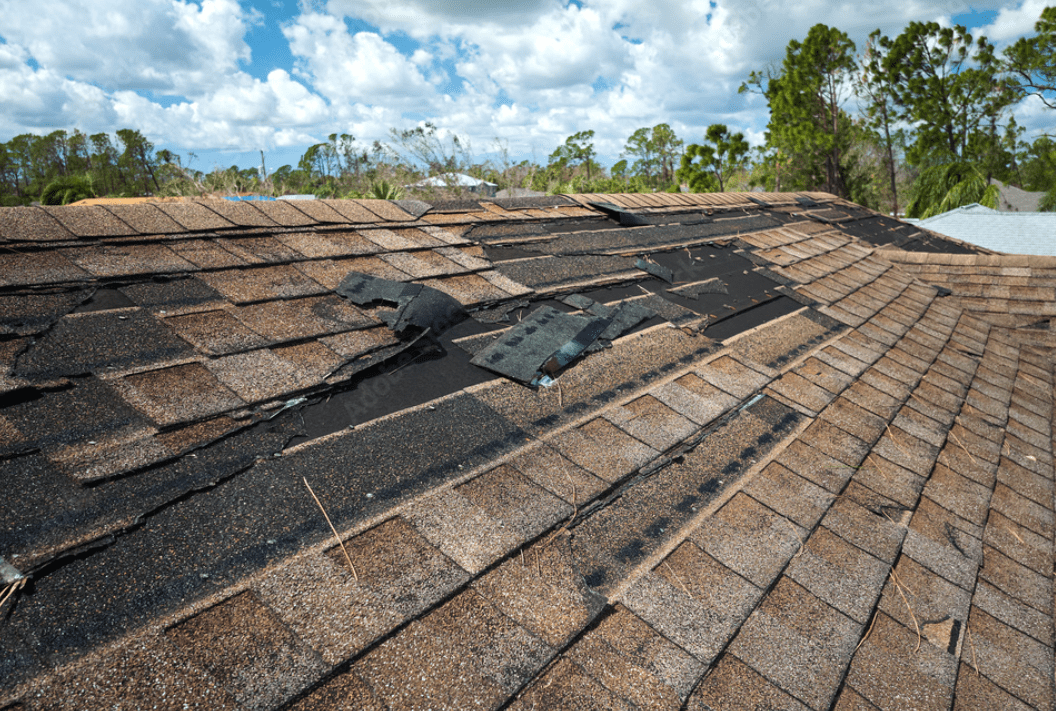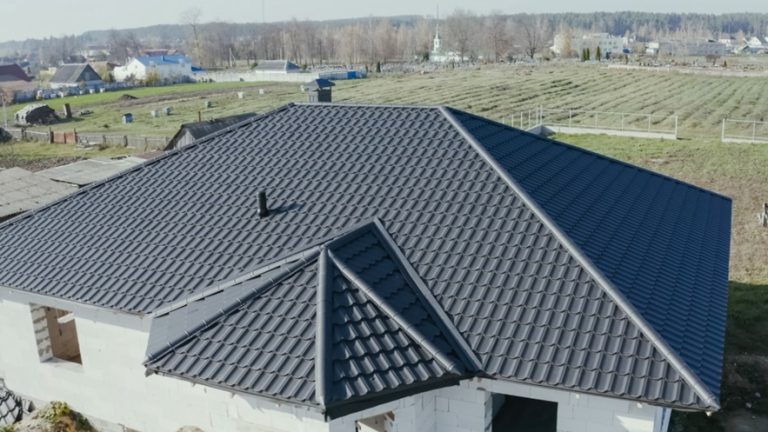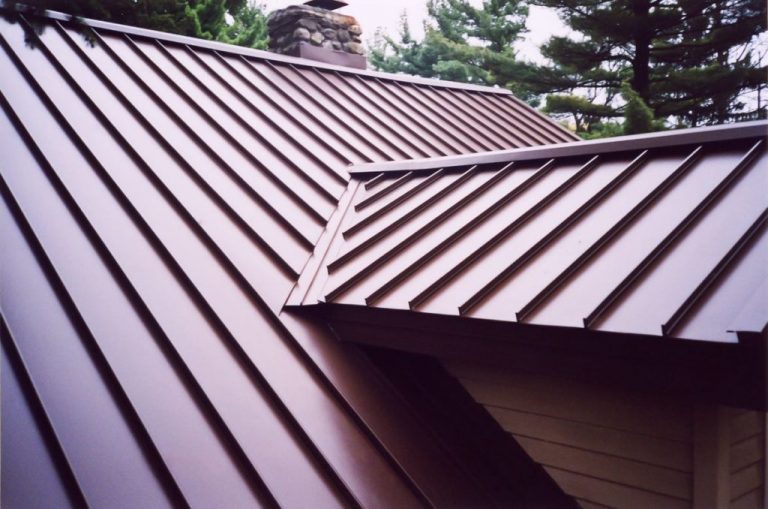
A healthy roof is a homeowner’s shield, protecting them from the elements and ensuring a comfortable living environment. But like any essential component of your home, roofs can experience wear and tear over time, leading to leaks and potential damage. If you suspect your roof needs repairs, understanding the residential roof repair process can help you navigate the situation with confidence.
Identifying the Need for Roof Repair:
Several signs indicate the need for roof repairs. Here are some key indicators:
- Visible Leaks: The most obvious sign is water stains on your ceiling or walls, typically appearing below the point of origin on your roof.
- Missing or Damaged Shingles: Missing or cracked shingles leave your roof vulnerable to water infiltration.
- Granule Loss: Asphalt shingles have embedded granules that provide protection. Excessive granule loss exposes the underlying asphalt to UV rays and weakens the shingles.
- Curling or Buckling Shingles: Curled or buckled shingles indicate age or weather damage and need replacement.
- Flashing Issues: Flashing around chimneys, skylights, and valleys plays a crucial role in preventing water leaks. Damage or deterioration of flashing requires attention.
The Residential Roof Repair Process:
Once you suspect a roof problem, it’s crucial to act promptly. Here’s a breakdown of the residential roof repair process:
- Contacting a Qualified Roofer:
The first step is to find a qualified roofer to assess the damage. Look for experienced and reputable roofers with a proven track record. Ask for references, check online reviews, and ensure they are licensed and insured.
- Roof Inspection:
The roofer will conduct a thorough inspection of your roof. This typically involves:
- Visual Assessment: They will examine the roof surface, checking for missing shingles, damaged flashing, and signs of leaks.
- Walking the Roof (if safe): In some cases, the roofer might walk on the roof (weather permitting and safety protocols followed) to get a closer look at potential problems.
- Checking Attic Space: The roofer might also inspect the attic space for signs of water damage or moisture buildup.
- Damage Assessment and Repair Recommendations:
Following the inspection, the roofer will provide a detailed report outlining the identified problems, the cause of the damage (if possible), and their recommendations for repairs.
- Obtaining Estimates and Choosing a Repair Plan:
Once you have the roofer’s report, obtain estimates from several qualified roofers. Compare estimates, but don’t simply choose the cheapest option. Consider the roofer’s experience, reputation, and the materials they use. Discuss the repair plan thoroughly, ensuring you understand the scope of work and the expected timeline.
- Scheduling the Repairs:
Once you’ve chosen a roofer, schedule the repairs at your earliest convenience. Depending on the extent of the damage, the repairs might take a day or several days to complete.
- The Repair Process:
The specific repair process will depend on the nature of the damage. Here are some common repairs:
- Shingle Replacement: Damaged or missing shingles will be replaced with new ones, ensuring proper sealing of the roof surface.
- Flashing Repair: Damaged flashing will be repaired or replaced to prevent water leaks around chimneys, skylights, and valleys.
- Minor Leak Repair: Minor leaks might be addressed by sealing cracks or applying a sealant.
- Soffit and Fascia Repair: Soffit and fascia boards, located under the eaves, can also deteriorate and require repairs.
- Project Completion and Inspection:
Upon completion of the repairs, the roofer will walk you through the work done and ensure you’re satisfied. In some cases, a final inspection by a local building department might be required.
Essential Tips for a Smooth Residential Roof Repair Process:
- Don’t Delay Repairs: Ignoring roof problems can lead to more extensive damage and costly repairs down the road.
- Get Multiple Estimates: Compare pricing and qualifications before choosing a roofer.
- Understand the Scope of Work: Ensure you have a clear understanding of the repairs being done and the materials used.
- Obtain a Written Contract: Get a written contract outlining the work, timeline, materials, and warranty before work begins.
- Communicate Effectively: Maintain clear communication with the roofer throughout the repair process.
Conclusion:
A well-maintained roof is vital for the safety and comfort of your home. By promptly addressing roof problems and working with skilled roofers, you can ensure your roof continues to function effectively for years to come. Remember, a little proactive effort in the







